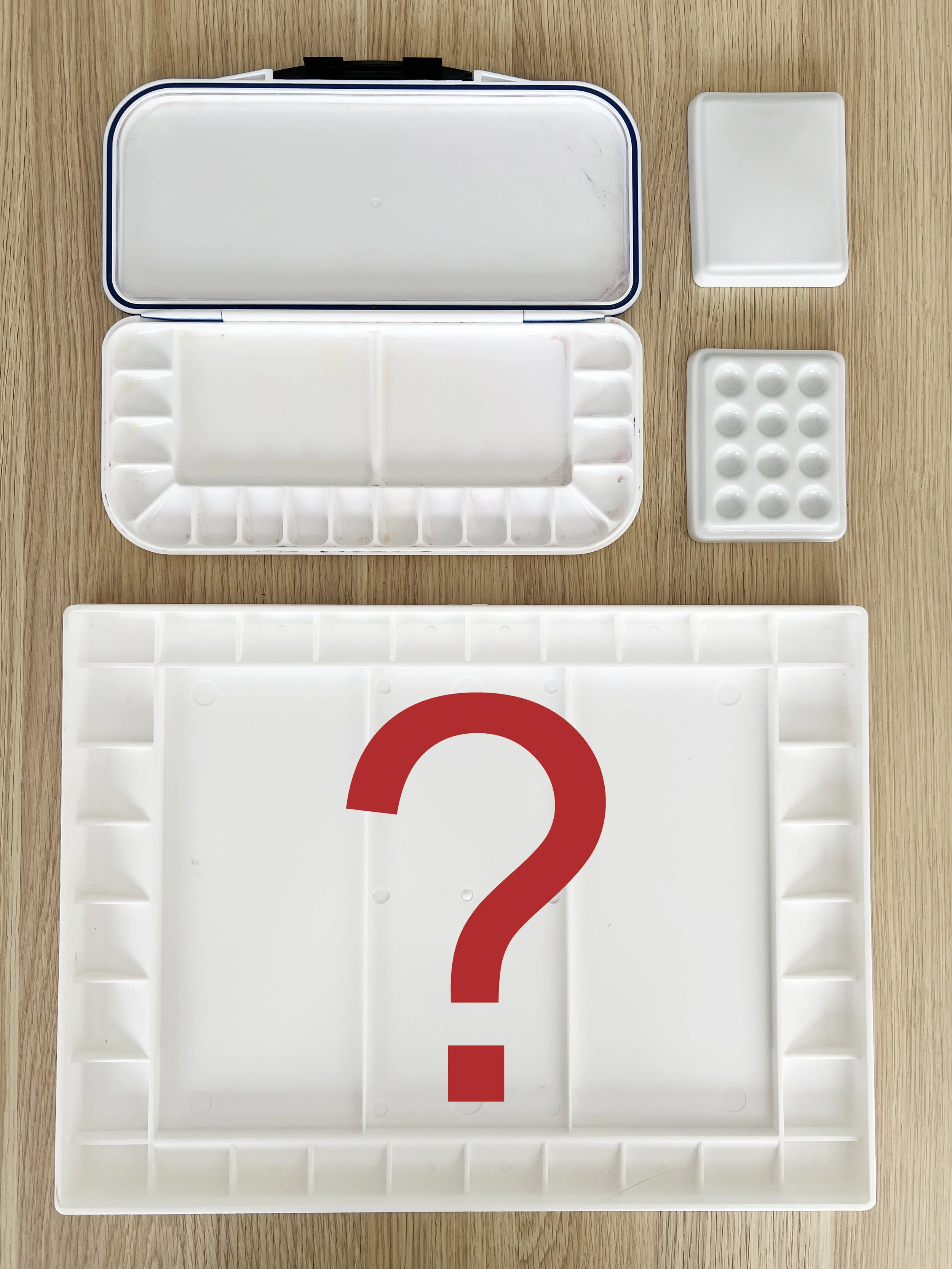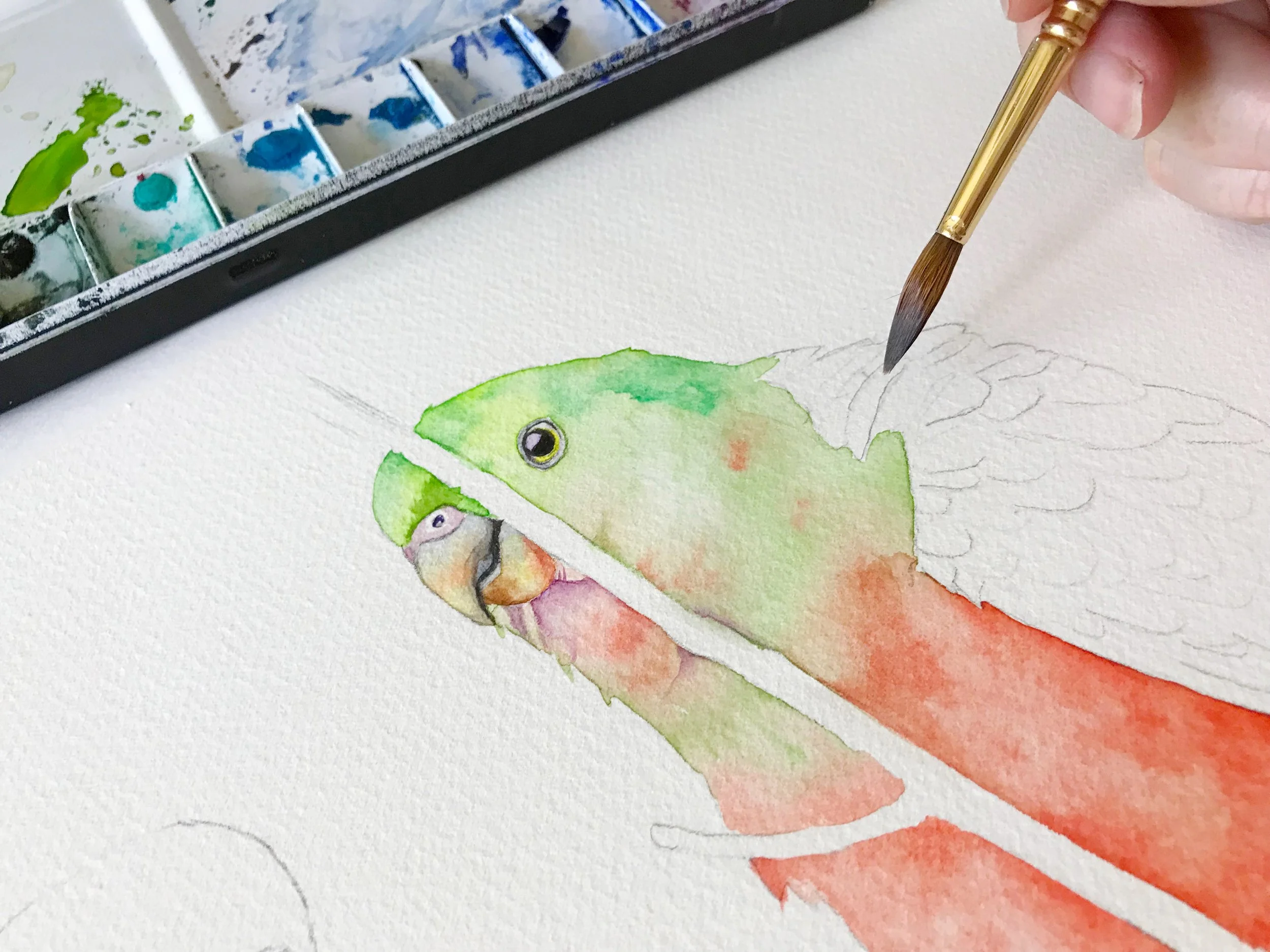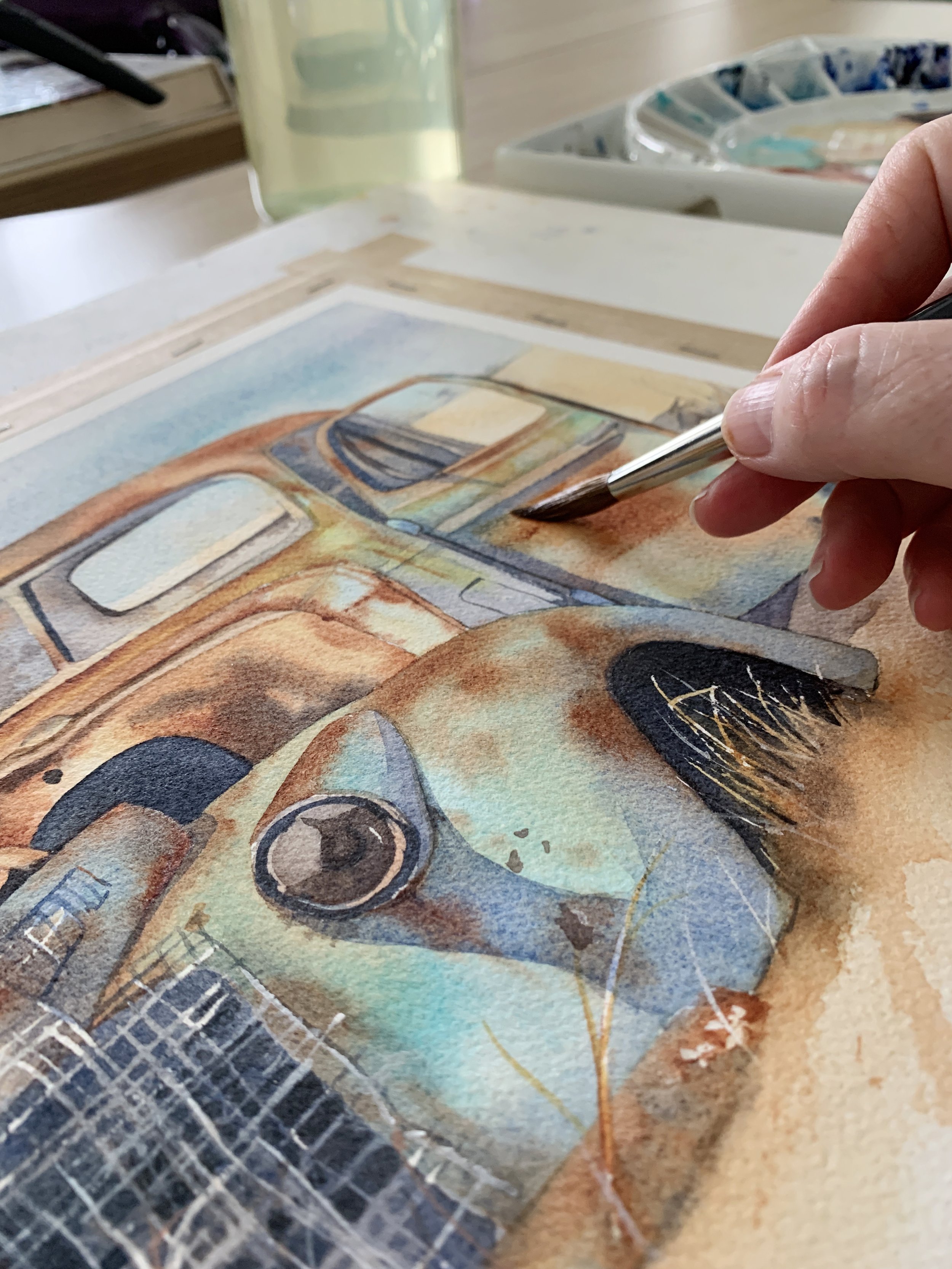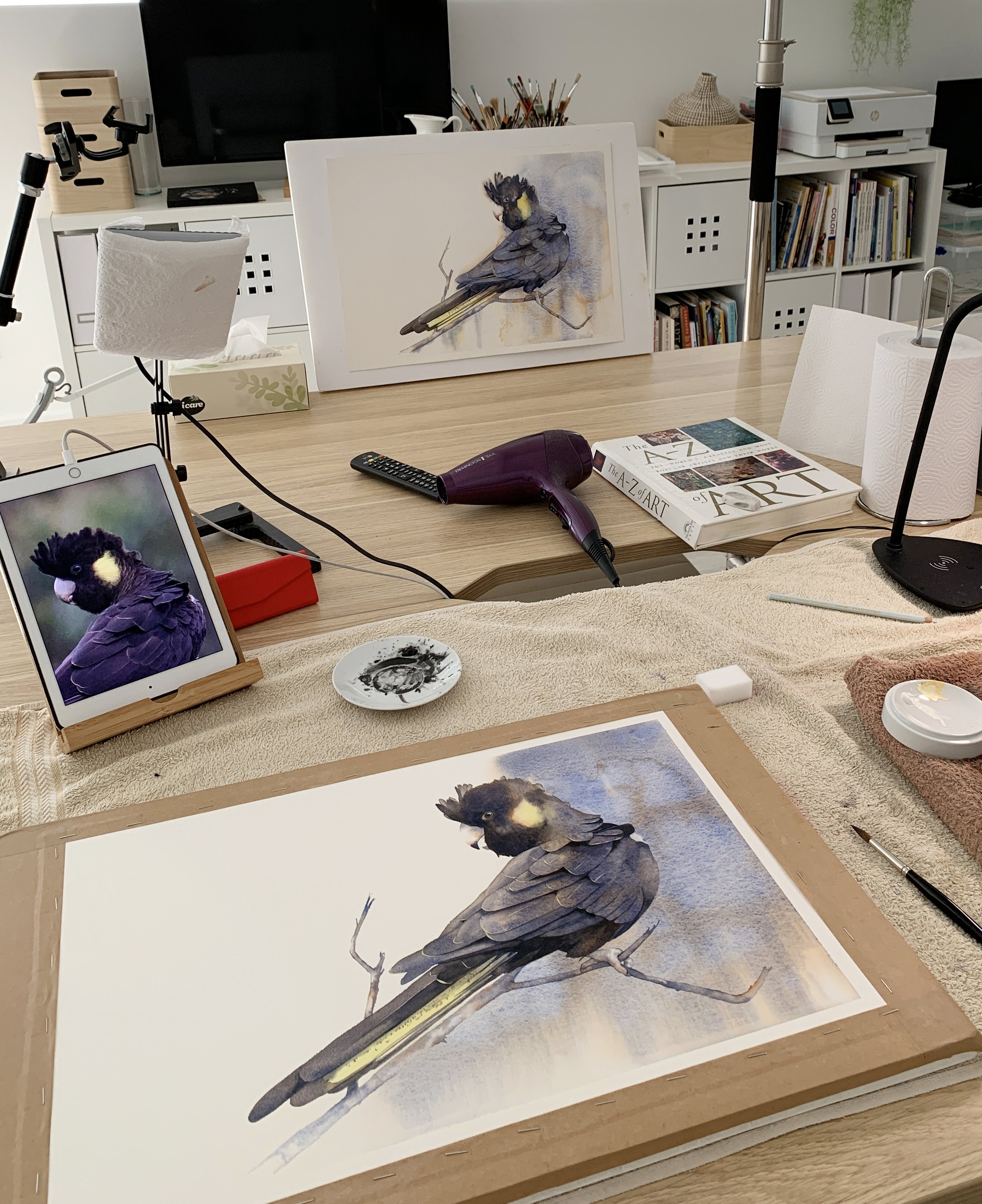When you watch my tutorials, I want you to think of them as a jumping-off point. Don’t feel like you need to replicate every step exactly. Instead, start experimenting by making small changes. For instance, you could swap out the colours I use and choose a palette that resonates with you.
If I’m painting a bird, maybe you’ll add your own background - a loose wash of colour or some foliage to give it your unique flair. Another idea is to combine techniques or elements from different tutorials to create something entirely your own.
Read More















